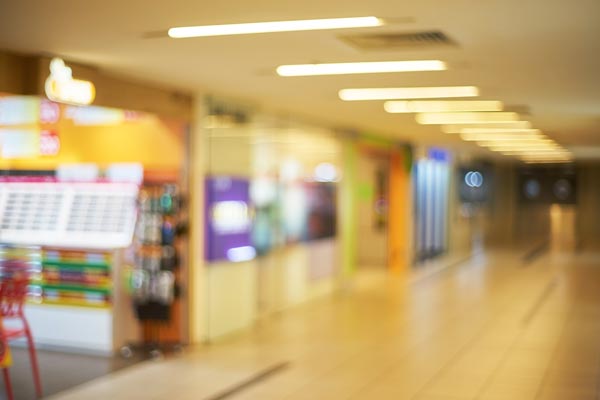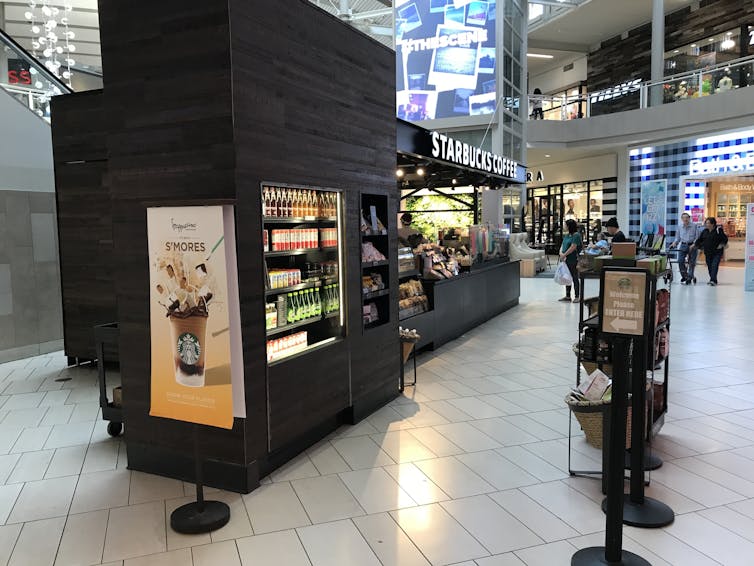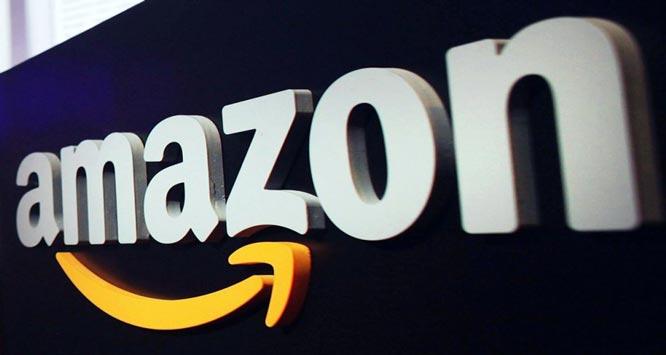I have been highlighting the unequal position of households across Australia, with significant numbers in financial stress, whilst others are still spending big, and seeing real wages growing fast. This is having a weird effect on data with some signals showing significant consumer strength, and others extreme weakness. This makes it difficult at the aggregate level for the RBA to set the level of interest rates, especially with inflation as reported yesterday shifting under their feet.
One such signal is retail trade date, which by the way the ABS will stop producing later in the year. They just released data on Australian retail turnover which rose 0.8 per cent in November 2024, seasonally adjusted. This comes after growth of 0.5 per cent in October 2024 and 0.4 per cent in September 2024.
The ABS says “Black Friday sales events proved once again to be a big hit, with widespread discounting and higher spending across all retail industries. “The popularity of Black Friday sales continues to grow with promotional activity now stretching across the entire month of November, not just solely focused on the Black Friday weekend.”
IFM Economist Alex Joiner put it differently: “Retail sales rise again on a per capita basis, doesn’t scream that rate cuts are desperately needed for the aggregate household sector.”
A couple of important takeouts, clearly some households have significant capacity to keep spending, and are not really feeing the pinch. Others who are under pressure took the opportunity to grab bargains (real or imagined) though Black Friday. And the continued drift to online purchases potentially has a profound impact on bricks and mortar shops on the high street, with many areas being hollowed out.
Today’s post is brought to you by Ribbon Property Consultants.
If you are buying your home in Sydney’s contentious market, you do not need to stand alone. This is the time you need to have Edwin from Ribbon Property Consultants standing along side you.
Buying property, is both challenging and adversarial. The vendor has a professional on their side.
Emotions run high – price discovery and price transparency are hard to find – then there is the wasted time and financial investment you make.
Edwin understands your needs. So why not engage a licensed professional to stand alongside you. With RPC you know you have: experience, knowledge, and master negotiators, looking after your best interest.
Shoot Ribbon an email on info@ribbonproperty.com.au & use promo code: DFA-WTW/MARTIN to receive your 10% DISCOUNT OFFER.






